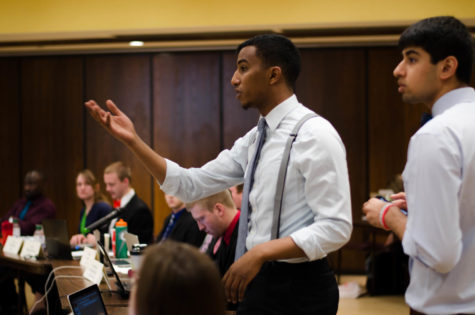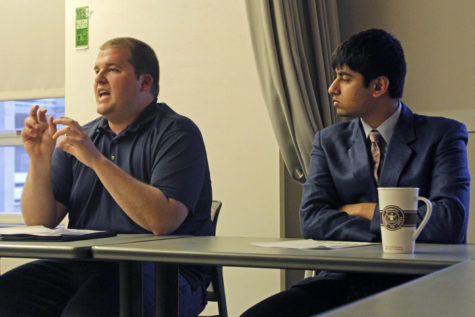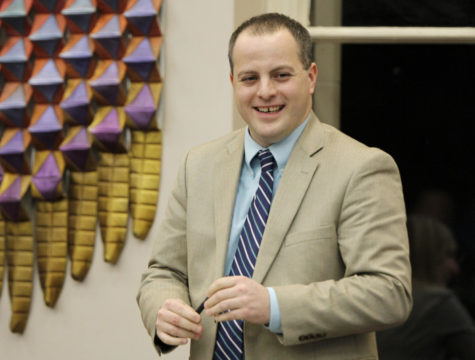Campus landmark still sits unoccupied
December 8, 1999
Morrill Hall sits vacant on Iowa State’s central campus, and university officials said the building’s status is not likely to change.
Constructed in 1891, Morrill Hall is in need of major renovations, estimated at $8 million, said Warren Madden, vice president of Business and Finance.
“Morrill Hall [needs] more than just a face lift,” he said. “It’s a substantial restructuring of the building.”
Morrill Hall would be very difficult to renovate, Madden said. It’s a relatively small structure, so the cost per square foot is very high.
“It’s obviously very old, so things are worn out,” he said. “It’s going to require substantial renovation of the structure and not just the building.”
Morrill Hall’s assessed value is $117,941, including the cost of the building and any renovations.
“You compare that cost and a renovation of $8 million, it gives you some kind of perspective on how much it costs to bring an old building to modern standards,” Madden said.
At some point, Morrill Hall may have to be torn down because of the significant safety risks, but Madden said he does not know when that would be.
“As it continues to deteriorate, there will be some point where the building will be no longer structurally sound and will pose some risk even just standing there,” he said.
Morrill Hall currently is on the university and the state Board of Regents’ capital program for renovations. If the capital program is approved by the Iowa Legislature, the funding would come in 2003.
The ISU Foundation has had little luck in finding private money for the renovations.
“Unfortunately, we have not had any donors step forward to make major gifts to fund the renovations,” said Phyllis Lepke, senior vice president of the ISU Foundation. Some small gifts have been given but nothing large enough to fund the necessary renovations.
Lepke said the expense of the renovations is the main deterrent.
“While the donors are being very generous, they are committed to other projects,” she said.
Madden attributed the low number of contributions to the difficulty of renovation projects and the lack of interest donors perceive in them compared to new buildings.
Lepke said the naming process also is a draw for some donors, and Morrill Hall already has a name.
“If a donor is contributing a very large gift, he or she may have the option of considering recognition,” she said.
“There’s not a whole lot of glamour in putting on a new roof or new walls,” Madden said. “There are some who will raise the question: ‘Is that an economically wise thing to do to put that much money in a relatively small, old building?'”
No decision has been made about what will happen to Morrill Hall if the Legislature elects not to fund the renovations, he said.
Throughout its 108-year history, there never have been major renovations of Morrill Hall, Madden said. It has served as the library and a chapel, as well as home for the music department and university relations.
“In each of those periods, there was some work done,” he said, “but it never had any modern utilities installed. It was mainly appearance things — occasionally, it would get carpet and paint.”
In the event that Morrill Hall is renovated, there are several possibilities for its use.
“There’s been some things kicked around,” said Matt Craft, Government of the Student Body president. “The money has to come to renovate it before we can start seriously talking about some project.”
Craft said GSB has considered putting a multicultural center in Morrill Hall but is now looking more at using a wing of another existing building.
Madden said the space most likely would be used for offices, but Lepke said she has little hope of getting private money in the near future.









